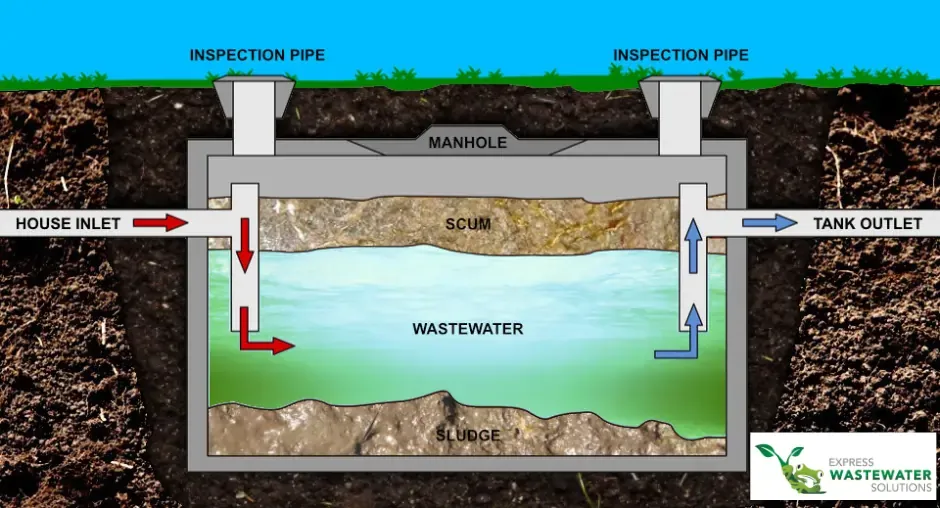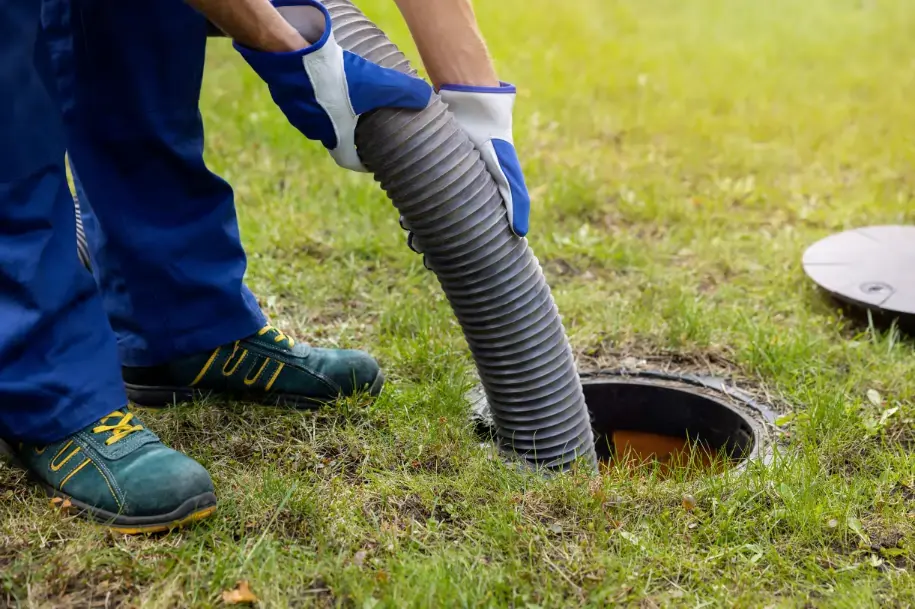What to never flush into your septic tank
Your septic system is excellent at doing what it has to do to ensure the effluent coming out of the tank and into your leach drain is safe. But as good as it is at doing this, there are a few things you need to do and need to avoid flushing to help keep your septic system working as it should be.
When it comes to trying to decide what can and cannot be flushed, it is important to think about how a septic system works. A septic system uses a settling pond-style mechanism where scum or matter lighter than water float to the top and the sludge or heavier matter sinks to the bottom. This leaves a layer in the middle referred to as effluent, which consists of water and other environmental matter that has a semi-neutral buoyancy.
The septic tank then uses a myriad of anaerobic bacteria that break down the sludge and some of the other organic matter in the effluent, creating a safer effluent. The effluent then flows into the leach drain through an exit pipe placed about halfway up the side of the septic tank this only lets the effluent in the middle of the tank out and not any of the sludge or scum in the tank. The leach drain consists of a series of perforated pipes laid through a field that lets the effluent leach into the soil. As it leaches through the soil, the effluent is further filtered and the bacteria in the soil further break down the organic matter in the effluent as it flows into the water table.

Therefore, when it comes to deciding what can and cannot be flushed, it is important to think about how they will act as they go through the septic system. For example, things like wet wipes or other cloth-based wipes are a big no for septic systems as they either: a, add to the sludge at the bottom of the tank and build up blocking the septic tank that way or, b, get into the leach drain where they block the drain up.
Repairing a septic tank blockage can vary from a couple of hundred dollars to vacuuming the tank out and several thousand dollars for digging up and replacing the entire leach drain system. On top of blocking the system, you also need to be careful of cleaning products, acidic or alkaline chemicals and other antibacterial chemicals, as these can kill off the beneficial bacteria in the tank that break down the organic matter in the tank.
Now that we have covered some of the rules of thumb when deciding whether something can be flushed or washed down a sink, here is a list of some common household items not to flush or wash into your septic tank to save you the time of trying to work it out:
- Baby wipes
- Wet wipes
- Coffee ground
- Cat litter
- Cigarette butts
- Condoms
- Cooking grease
- Feminine hygiene products
- Tampons
- Oil
- Dental floss
- Diapers
- Facial tissues
- Food scraps
- Hair
- Hazardous chemicals (paint, thinners, petrol, motor oil, pesticides, antifreeze)
- Household cleaning products
- Medicines and other pharmaceuticals
- Nappies
- Napkins
- Paper towel
- Photographic solutions
- Plastics
- Household waste
- Garden waste
These aren't all the things you can't flush, just the most common things people flush into their septic systems that shouldn't be flushed into their septic systems.
What damage can it do to your septic tank?
Now we have covered what you can't flush into your septic system, it is important to look at what damage these items and chemicals can do to your septic system. To cover the damage they can do we are going to break up the non-flushable items into materials and fabrics, and chemicals, where materials and fabrics are paper towels, sanitary items, food scraps and other items that may block the system and chemicals are any liquid or solid-based item that may kill off bacteria.
Materials and Fabrics
Materials and fabrics can do a wide range of damage to these systems, but the main cause of damage is through forming blockages in the leach drain. These blockages usually occur when the fabrics and materials clump up over the walls of the perforated lead drain pipes, this over time can form a plug or thick wall around the pipe that will stop effluent from flowing into the soil, causing the tank to back up. These fabrics can also build up alongside the sludge at the bottom of the tank, and as they aren't biodegradable, they will build up to a level that the tank has no storage and is no longer settling properly.
Chemicals
Chemicals on the other hand don't block the system up directly but they do kill off the bacteria that breaks down the sludge at the bottom of the tank so it can flow out with the effluent. When the bacteria have been killed off, it can cause the tank to slowly fill up with sludge that isn't being broken down by bacteria. This can lead the septic system to begin to back up from the sludge blocking the influent pipe or flowing into the leach drain and blocking it up.

Once your septic system is blocked up, the repair bill can vary widely from a couple hundred dollars to drain the tank and vacuum out any debris in the tank to tens of thousands to completely replace the leach drain after it has become blocked up.
If you have noticed your septic system has started to flow slower or you have been flushing these items into your septic system, contact a wastewater specialist today to ensure your system is operating correctly and clear any blockages before they can cost you thousands.